A strong culture can help make your business a better one during a crisis
One day we will look back and talk about business in terms of pre-Q1 2020 and post-Q1 2020. The abrupt global changes in response to COVID-19 provoked uncertainty and concern in many leaders as they grappled with how to successfully lead their business through the turmoil. But history shows us that many great leaders–and companies–have been forged in crisis situations.
In a recent study published by Harvard Business Review (HBR), research shows that while 17% of publicly traded companies studied fared very badly (e.g., went bankrupt, went private, etc.) during the recessions of 1980, 1990 and 2000, 9% of companies actually did very well, outperforming their competitors.
So what can companies do during the upcoming recession to ensure their stability–and even possibly outperform their competitors? I believe the answer lies in how they shape and drive their organizational culture. By having data and insights for a deep understanding of the heartbeat of their organization, companies can come out from this crisis stronger and better. This can most effectively be done by clearly understanding the relationships between their employees and helping them cultivate those relationships in such a way that they have a positive business impact, for example on efficiency, innovation, communication, and inclusion.
Organizations with a significant share of their employees working remotely or in several physical locations may see the greatest benefit in investing more in strategies to keep the employee relationships strong.
Understanding the connections between people and the impact they have on the business is critical as companies continue to adapt and adjust their strategy to ensure business continuity.
Driving Efficiency
According to the HBR article “Better People Analytics” (Fall 2019, Special Issue), the more deeply connected the team members are, the more efficient they are. During increased remote work and greater geographical distribution fostering deep connections between employees can become exponentially more challenging. At Globant, using StarMeUp OS data we measured the strength of relationships between team members and found that those who had a strong respect for their colleagues’ work completed more projects on time and received higher Net Promoter Scores (NPS) from clients.
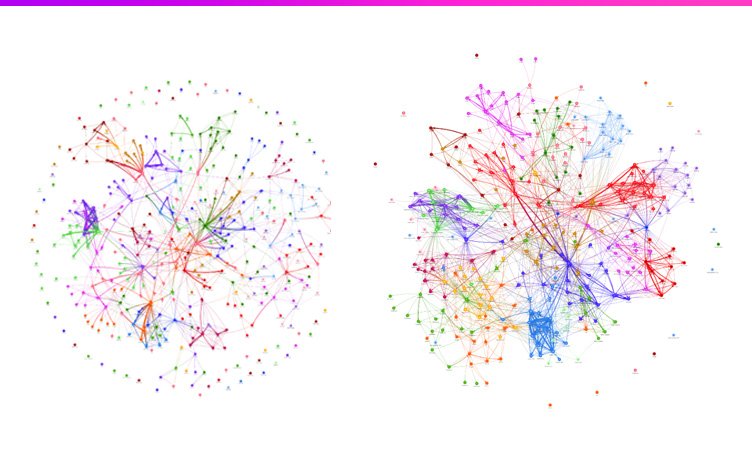
At Globant we have always had a strong culture of recognition tied to our company values. In the middle of March, during the early stages of the COVID-19 pandemic, we saw a slight drop in the number of our people connecting as they adapted to new ways of working from home. After the week of adjustment, we saw the relationships come back stronger than ever.
During this change, with almost all employees moving to a remote work modality overnight, it would have been incredibly difficult, if not impossible, to know whether our people were still connected and collaborating without our digital culture platform (StarMeUp OS) analytics.
What our data showed us was incredibly important because on the one hand we saw our employees come together as a community to collaborate and support each other, and on the other hand we knew our delivery to customers remained strong before we could process NPS scores and satisfaction ratings. The data and insights reassured our leaders that even during the pandemic our people were able to realign, adjust, and support our clients more effectively than ever before.
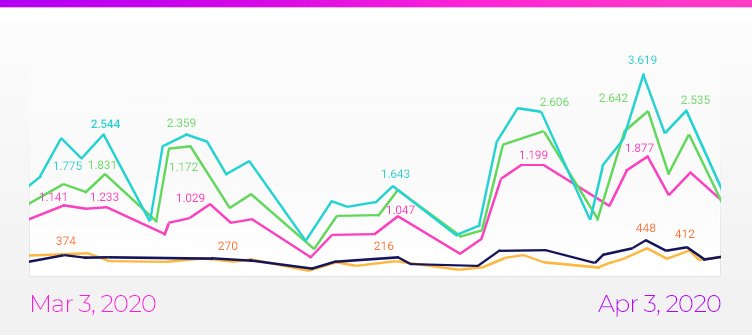
Maintaining Strong Communication
Effective organizational communication is an ongoing challenge for many companies, as the number of channels to share information increases and people’s attention spans decrease. Clear and strong communication is arguably more important now than ever before because reaching a distributed workforce poses an even greater challenge, and many organizations have even more news to share as they adjust their strategies at record speed based on the evolving situation.
Going all the way back to the days of Paul Revere, one of the most effective ways to make sure messages travel effectively is via people who know the right people. But how do you know who these individuals are in your organization? We have been collaborating with various companies to help them identify the individuals who are the best connected with their peers and have relationships with the most diverse groups and advising them on how they can become a strategic part of the communications plan.
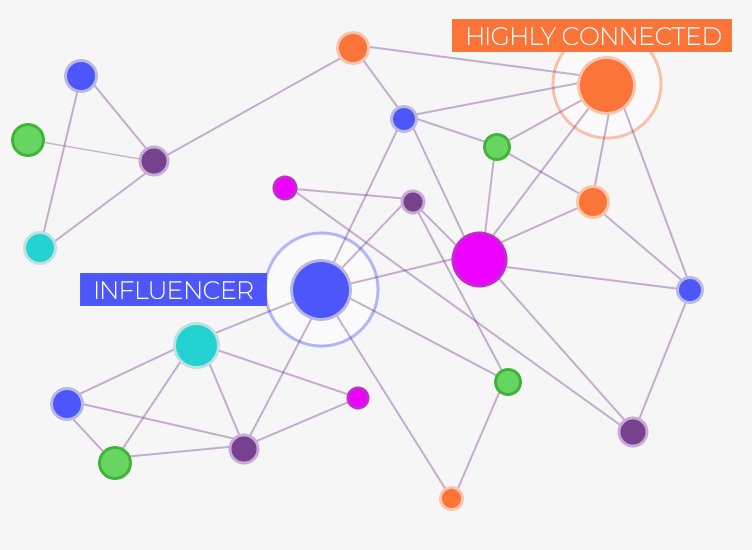
Fueling Innovation
Innovation and re-invention have been key for companies to stay ahead regardless of the challenges they face. While remote workers are juggling many additional responsibilities at home, just doing their job can easily become as much as they can handle, foregoing a focus on innovation.
Creating task forces or projects to encourage cross-discipline collaboration is key, but measuring that it’s happening immediately after the launch and for the duration of the project assures its success.
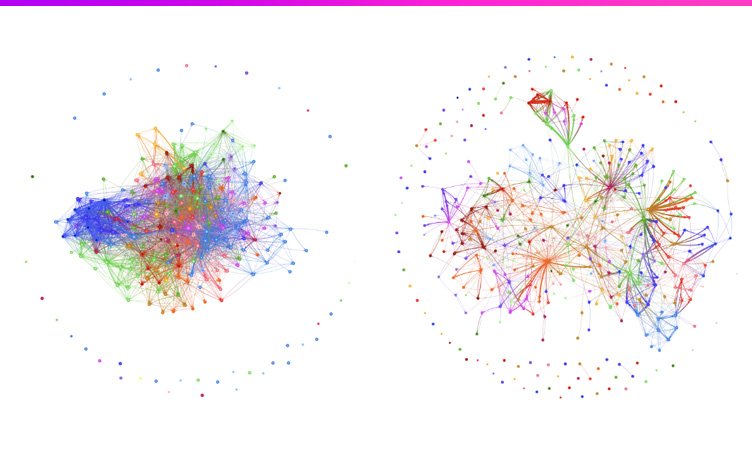
Fostering Inclusion
Diversity and inclusion are far from being a “nice thing to do” for most companies, however, when the efforts to sustain revenues and margins become more urgent and more challenging, even the best of them can take their eye off this critical goal.
Interacting with individuals who are similar to oneself may often be easier during a time of crisis, but can pose a significant threat to an organization’s inclusion efforts. Such dynamics between employees may not only hinder employee development but can increasingly lead minority groups to feel even more isolated.
Data analytics are an essential part of the strategy to assure that groups of individuals with diverse backgrounds are continuing to interact with their coworkers and the workplace remains inclusive. This effort is not only essential from a moral standpoint, but a more inclusive workplace will drive greater efficiency, innovation, and communication.
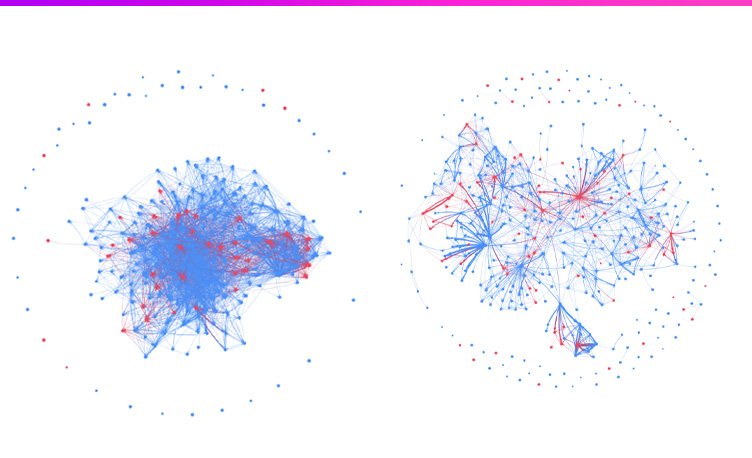
Connectivity during COVID-19
Employee needs are evolving quickly during the pandemic. As companies continue to adjust and re-adjust their strategies to best manage new working conditions, it will be critical to understand their impact on employee relationships, evaluate their effectiveness in real time to determine how to further iterate on them. Measuring the strength of the connections between employees as well as knowing how many workers are connecting are both important.
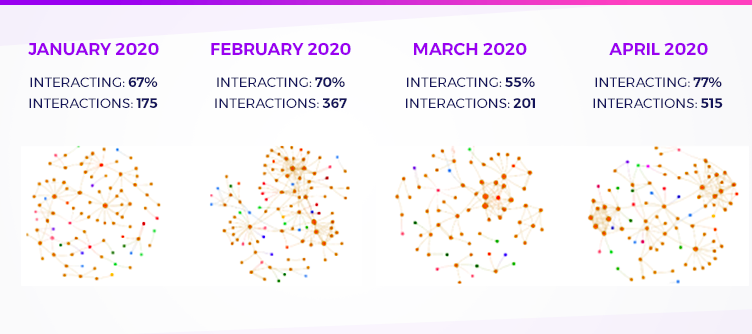
Businesses today are faced with tremendous challenges. Creating a culture of unity and strong relationships will be a key driver, and being able to understand and foster it through data analytics are key components of the strategy needed for organizations to fare better in the recession.